
TOP 10 FINALIST: 2012 national competition project #116 | cafeteria redesign
The goal of this project is to redesign my school cafeteria by making it more efficient, more pleasing for students, and all around a healthier place to eat. A few main issues I will be focusing on are seating arrangements, traffic flow, kitchen area, and food service.
mkleva's work for the Collect Information step:
Summary
To collect information about my school cafeteria I observed the existing traffic flow, and took pictures of specific areas used in the cafeteria.
This picture is one view of the cafeteria facing the kitchen/serving area. This area is typically...
This picture is a view from the main cafeteria looking into the Café Annex. For my school this is...
This picture displays the entrances to the serving/kitchen area. You enter the door farthest to the...
This picture shows the outdoor area just outside of the Cafr Annex. This space isn't currently...
mkleva's work for the Brainstorm Ideas step:
Summary
To brainstorm ideas for this project I had to analyze many different things about our existing cafeteria and what this project was asking of us to accomplish.
In the process of brainstorming I researched a few possibilities of new design elements that I...
In the process of brainstorming I researched a few possibilities of new design elements that I...
One major area I focused on while brainstorming was traffic flow and food distribution. One idea I...
This is a Google Maps picture of my school showing the building itself, roads, and the landscape of...
This is a quick site analysis diagram I sketched showing the direction the school faces, roads...
This is a side view sketch of the cafeteria explaining the different levels, location of things,...
This is my main and most important brainstorming sketch; it is a floor plan and layout of the 1st...
mkleva's work for the Develop Solutions step:
Summary
After brainstorming and research, I began making a 3-D model of my cafeteria in Revit demonstrating all my new ideas. This step basically brought my re-designed cafeteria to life.
In my project I incorperated multiple Low-E Double Glazed windows surrounding the cafeteria & a...
This is my First Level Floor Plan made on Revit. To begin, students would enter or start in the...
The main seating area is located on the 2nd level accessed by stairs attached to the main Food...
This is a 3-D view of the main Food Serving area. This shows the multiple food stops/options, the...
Here's a view of the School Cafe. I created this as a quiet study area for students with quick...
This is a 3-D view of the kitchen. There is a large serving counter in front for students that wish...
Fianlly, this is a view of the Outdoor Courtyard. There are picnic tables, small couples-tables,...
mkleva's work for the Final Design step:
Summary
In this final design step I brought all my ideas together to create a final product on Revit. I incorperated all my brainstorming, design elements, energy saving ideas into my final design.
This is my final design of my cafeteria demonstrating all my ideas for the floor layout, food...
This is a rendering illustrating my 1st and 2nd levels. This mainly shows the Seating Area and...
This is a rendering of the main Food Serving area. It basically shows everything I have already...
Here is a rendering of the Courtyard. Like i have stated before, there are multiple seating options...
This is an inside rendering of the Cafe Annex. One major thing this section offers is a...

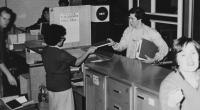


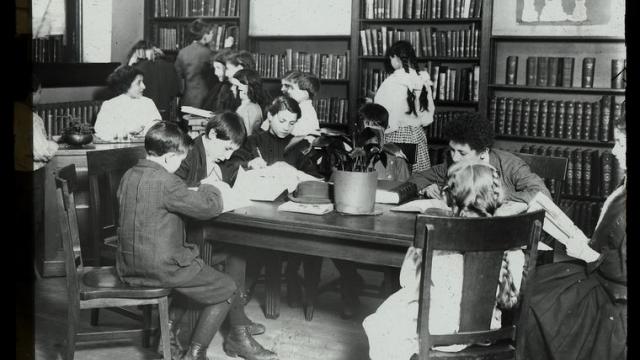
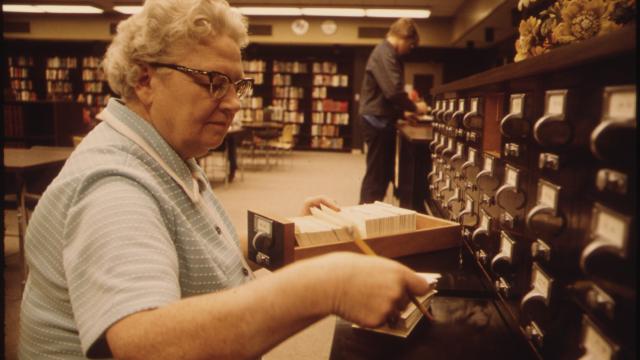
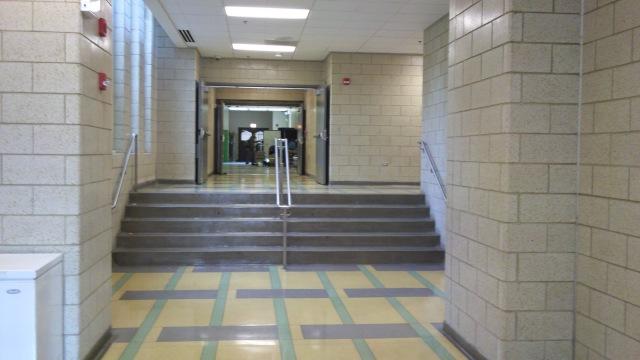









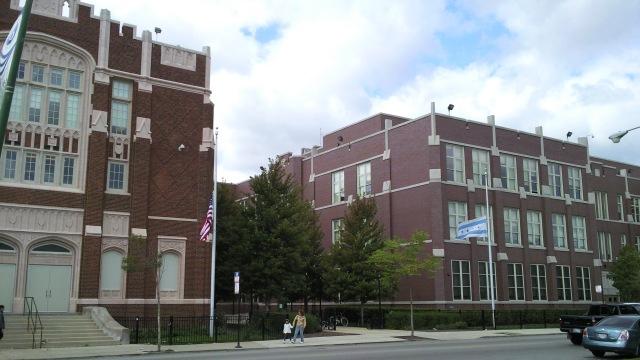

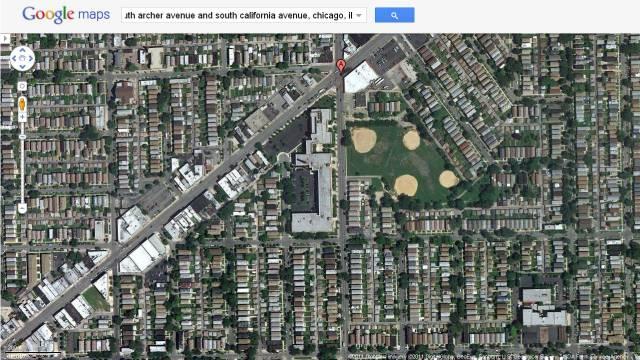























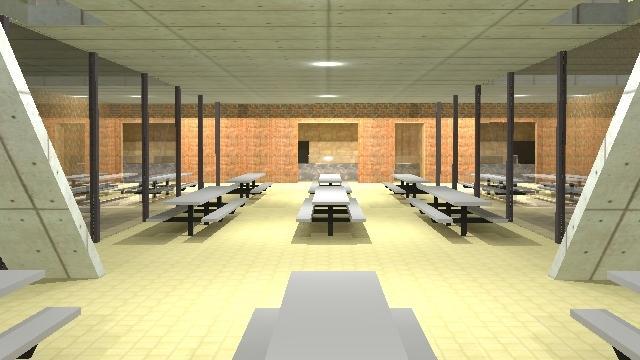

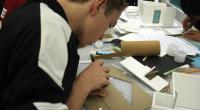






Comments
As a juror for the final stage of the competition, I was particularly impressed with the mastery of projects such as yours in the final design presentation - your drawings show good skills with the computer, and an ability to communicate your design in a way that will be appreciated by architects as well as lay persons. It's important that you can communicate your designs to people who are not necessarily familiar with the conventions of architectural drawings. You did this very well.
Your design development and solutions are very pragmatic, and I applaud you following the program brief and sustainable requirements. Perhaps next time, you might consider taking some more risks in this area - maybe be a bit more inventive - this could help drive your design to another level. You should do this in a responsible way, of course, but in a competitive situation (which this is) this could give you an edge and help your design stand out. As an architect, you are also an artist, and with that comes a responsibility to push the envelope. Do this early in the project with sketches. Look at established architects' sketchbooks - they are very telling (and they may not be as intimidating to imitate as you may think).
But keep doing what you are doing. You look comfortable doing this - so work on adding another layer of sophistication - take risks. Challenge yourself.
Congratulations on an excellent project.
Good luck.
Peter Exley FAIA